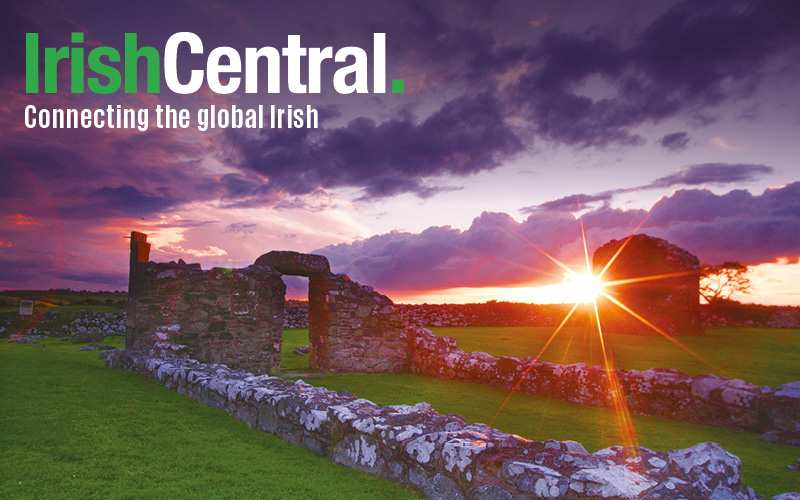| Deansgrange Cemetery, Co Dublin |
Nothing stays the same, even death, in Ireland as elsewhere. The traditional rituals and ceremonies surrounding an Irish funeral are not what they were 100 or even 50 years ago. Yet, as I learned this past week, death in modern Ireland, even in suburban Dublin, still retains many of the old ways.
When I was growing up an Irish wake was the subject of a joke built around a stereotype of Irishness. "What's the difference between an Irish wedding and an Irish wake? One less drunk." Unflattering, yet my teen self often wondered what was so bad about a celebratory wake? Everything I knew about death seemed so forbidding and frightening that I kind of liked the idea of laughing in its face.
____________
Read More:
An Irish funeral brings family together
Ireland's bad debt problems now affecting funerals
Liberator Daniel O’Connell’s descendants continue tradition of following funeral route
_____________
A couple of weeks ago I heard a man on the radio say that everyone always describes the Irish as "repressed," but that this was not true when it comes to death. I thought then and I'm more convinced now that he's right. Yes Ireland is changing, becoming more ... American, but still death is discussed and handled in a more natural way here than it generally is in America.
Marking a death in Ireland is a multi-step process. The wake is in the deceased's home, not a funeral home. This first step in an Irish death is fading away, unfortunately.
I was only once at a wake in a home and it was a great experience. Took me a couple of minutes, but I soon realized that waking an old woman in the room in which she spent most of her life was the most natural thing in the world. Her family and neighbors and friends were all gathered around her praying, crying, laughing, and just talking about her. Perfect.
Next is 'the removal,' which is in the evening. I'm not certain, but I think it's only a Catholic tradition. The deceased is 'removed' from either their home, if waked, or the funeral home if not and brought to the church. Tradition calls for a procession to follow the hearse to the church on foot for at least the last few hundred yards if not more. There are a few prayers in the church and then everyone comes to offer the family their condolences.
The removal in the evening is a great idea because not everyone who'd like to go to the funeral can take the day off work to attend. The removal allows them to pay their respects outside the working hours.
The funeral isn't really much different than what you'd see at a traditional funeral in America. After the funeral most people go to the graveyard in a procession that passes by the deceased's house along the way. At the graveyard there are more prayers as casket is lowered into the grave.
The whole process finishes in a local hostelry, where funeral-goers gather to take a bite of lunch and a few libations. Often there may have been some time spent in the pub after the removal the night before. And, indeed, if there is a wake there may be "drink taken" then too. You know what? I don't care. Even if the death of a loved one does turn into something of a three day party, so what?
Do some people overdo it? Of course, but those same people overdo it at weddings, christenings, football games and Wednesday afternoons when they have nothing better to do. The majority of the people are merely enjoying themselves, usually with stories about the deceased.
It's a great time for stories to be handed down from one generation to the next. Who would prefer a morose gathering from which people can't wait to escape? Not me. I think it's far better to be recalled with laughter and with stories that keep memories alive. If death is inevitable then it's best followed by an Irish funeral.
{Photo from William Murphy on flickr.com.}




Comments